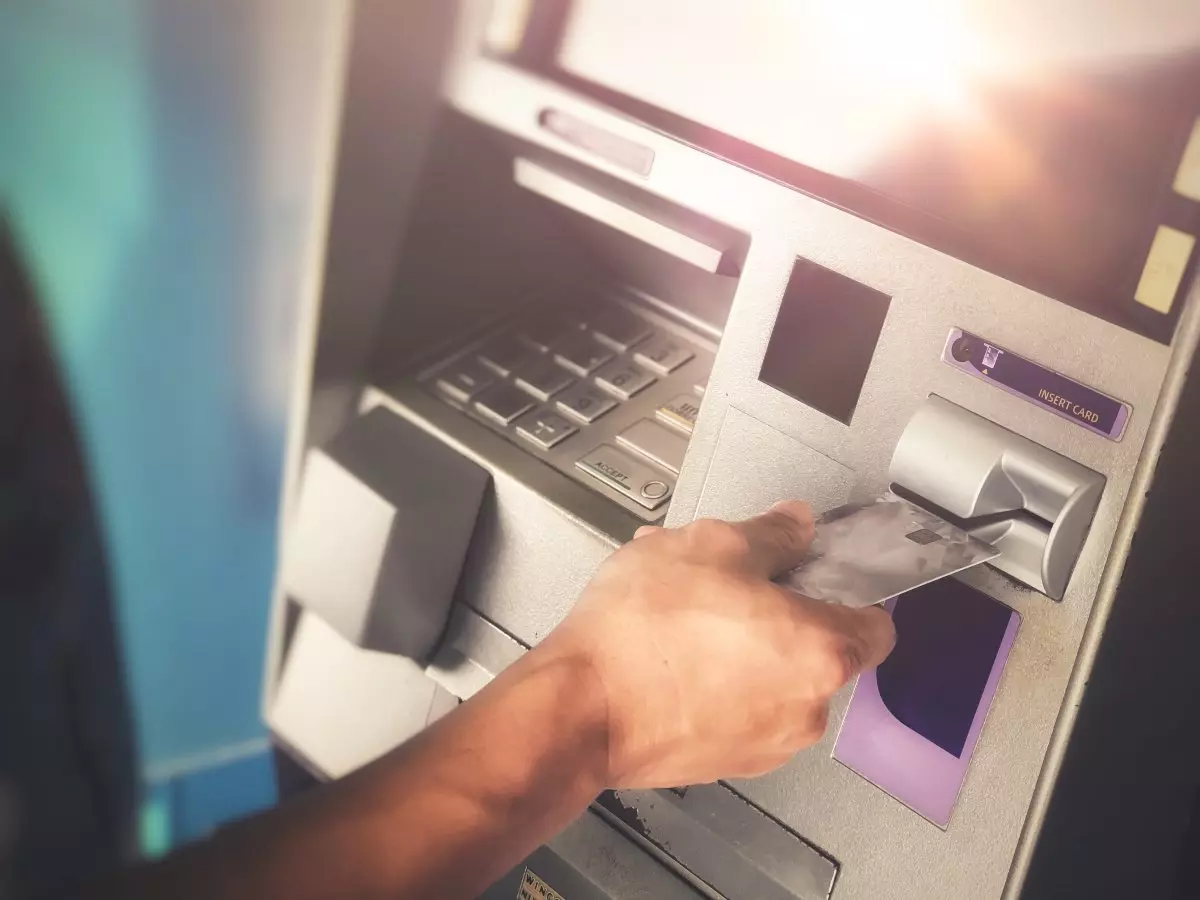How Do Banks Make Money?
Ever wondered how banks generate revenue? Today we’re uncovering the secrets of their financial prowess. Banks, as it turns out, have three key money-making revenues:
- Interest income
- Capital markets income
- Fee-based income
From the intricacies of interest income to the surprising gains of routine transactions, we’re diving into the depths of banking profitability. This article will answer “How do banks make money,” so let’s get straight into it.
How Do Banks Make Money From Interest Income
So, how do banks make money? One of the most frequent spaces banks draw profit is with interest income. When you deposit money into a bank – whether in a savings account, checking account, or time deposit like a certificate of deposit (CD) – the bank doesn’t just store that money in a virtual vault. Instead, it puts your money to work.
Banks lend your deposited funds to other customers through loans, such as personal loans, auto loans, and mortgages. When lending this money to others, the bank charges a higher interest rate than the interest your savings account earns. As such, the bank makes interest income from the difference.
For example, if a bank pays you 1% interest on your savings account but lends that money out at a 5% interest rate, it pockets the 4% difference. This is called the net interest margin, a key profit driver in banking.
According to the Federal Deposit Insurance Corporation (FDIC), in 2021, about half of the total income of all FDIC-insured banks came from net interest income.
How Do Banks Make Money From Capital Markets Income
If you’re still wondering, “How else do banks make money?” look no further than capital markets. A capital market is where buyers and sellers trade financial securities like bonds and stocks. It helps companies raise capital and also offers lucrative investment opportunities.

How do banks fit into this picture, you might ask? The answer lies in three main activities: underwriting, trading, and mergers and acquisitions (M&A) advisory services. Let’s expand on these sources of income in more detail.
Underwriting
Companies need an intermediary to access the capital markets when they want to issue shares or bonds to raise money. This is where banks step in. Banks, especially those with investment arms, help these companies navigate the process of issuing securities and earn substantial fees for this service, ranging between 3% and 7% of the gross proceeds. To put it into perspective, over $14 billion in investment banking fees were generated from debt capital markets underwriting.
Trading
Banks are also active traders in capital markets. This can be split into two main categories:
- Proprietary Trading: Traders employed by the bank aim to generate direct profits from market movements by investing bank money. They use various strategies, like arbitrage and directional trading, and trade a range of financial instruments, such as stocks, bonds, commodities, and derivatives.
Arbitrage involves taking advantage of price discrepancies across different markets, such as buying a security in one exchange where the price is lower and simultaneously selling it in another exchange where the price is higher.
Directional trading involves betting on the movement of individual securities on entire markets. For example, if a trader believes that the price of a stock will rise, they will buy the stock. - Client-Based Trading: Besides proprietary trading, banks also make money by facilitating client trades. They offer various services, including brokering trades, providing research and advice, and executing trades on behalf of clients. For instance, a client may wish to purchase shares in a particular company. The bank’s trading desk would facilitate this purchase, and in return, the bank would charge a fee or commission for the service.
M&A Advisory Services
Banks also play the role of strategic consultants in corporate mergers and acquisitions. Whenever a company plans to merge with or acquire another company, they turn to banks – particularly investment banks – to provide guidance, conduct due diligence, and help negotiate terms.
Banks usually charge hefty fees for these high-stakes services, usually a percentage of the total deal value. In 2022, over $30 billion was generated from M&A advisory fees.
How Do Banks Make Money on Banking Fees
The last category in our “How Do Banks Make Money?” guide is the different types of banking fees. Banks charge a variety of fees for the services they provide. It may seem insignificant when you look at them individually, but collectively, they represent a significant revenue stream for banks.

Some of the most common types of fees that banks charge include the following:
- Account Maintenance Fees: These are fees that banks charge for keeping your account open and accessible. Monthly service fees on checking accounts at major banks typically range from $5 to $15. For instance, according to a 2020 report by the Center for Responsible Lending, large banks collected over $11 billion in maintenance fees alone.
- Overdraft Fees: If you withdraw more money than what’s available in your account, banks often charge an overdraft fee. They can be up to $35 per occurrence. Over $1.8 billion in U.S. banks came from overdraft fees for the third quarter of 2022.
- ATM Fees: Banks often charge a 1% to 3% fee when you use an ATM that doesn’t belong to them. Even your bank can charge a fee if you exceed a certain number of transactions at their ATMs.
- Late Payment Fees: These fees are charged if you fail to pay the minimum amount on your credit card or loan by the due date. While these are often flat fees, and the Credit CARD Act of 2009 limits late fees, it could equate to a large percentage for small balances. For the first late payment, the fee is capped at $28, and if a cardholder makes more than one late payment within a six-month period, the fee can go up to $39.
- Foreign Transaction Fees: If you use your card abroad or purchase in a foreign currency, banks may charge a foreign transaction fee of 2% to 3% of the transaction.
- Wire Transfer Fees: Banks charge between $15 and $50 for sending money through wire transfers, especially for international transfers.
Sum Up
Whether it’s through interest income, capital markets, or banking fees, the answer to the question of “how do banks make money?” is multifaceted. Banks earn income from different sources. They profit from the difference between loan and deposit rates, make substantial gains from capital market activities, and generate additional revenue from various fees.
FAQ: How Do Banks Make Money
How Do Investment Banks Make Money?
Investment banks make money through underwriting new debt and equity securities, facilitating mergers and acquisitions (M&A), and trading in capital markets. They earn significant fees for these services, contributing to their overall income.
How Do Commercial Banks Make Money?
Commercial banks make money primarily through lending. They accept deposits from customers, then lend this money to other customers at higher interest rates, profiting from the difference. Banks also earn from fees for services like account maintenance, ATM usage, and overdrafts.
How Do Banks Make Money from Savings Accounts?
Banks use the funds deposited into savings accounts to provide loans to other customers. The interest rate they charge on these loans is typically higher than the interest rate paid on savings accounts. This difference, known as the net interest margin, is a significant way banks earn money. Further, some banks may charge maintenance or transaction fees on savings accounts, which also contribute to their revenue.
How Do Banks Make Money on Debit Cards?
Banks earn money on debit cards in a few days. One is through interchange fees, which the merchant’s bank pays to the customer’s bank for each transaction. They may also charge fees for ATM use, especially when customers use ATMs outside their bank’s network.
Table of Contents
- How Do Banks Make Money From Interest Income
- How Do Banks Make Money From Capital Markets Income
- Underwriting
- Trading
- M&A Advisory Services
- How Do Banks Make Money on Banking Fees
- Sum Up
- FAQ: How Do Banks Make Money
- How Do Investment Banks Make Money?
- How Do Commercial Banks Make Money?
- How Do Banks Make Money from Savings Accounts?
- How Do Banks Make Money on Debit Cards?